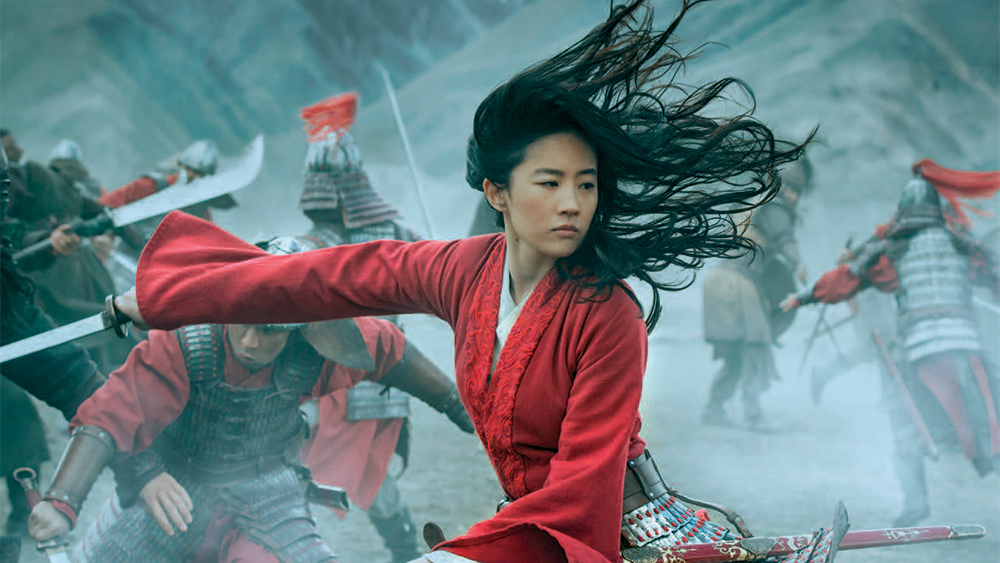On September 4th, Disney released its live action Mulan on Disney+, a Netflix-esque streaming platform Disney developed. For a charge of thirty dollars, Disney+ subscribers had the ability to watch the premier of Mulan from the comfort of their own homes three months before the initial release date. This is a choice Disney was almost forced to make, as coronavirus cases were on the rise in the United States and theaters would not be opening anytime soon.
Even prior to it’s release, the new live action Mulan was already sparking immense amounts of conversation among Disney fans and movie critics alike. Disney has faced backlash for years in regards to how the company goes about representing characters of color, especially when it comes to meet and greet characters within the Disney theme parks. Therefore, fans were eager to see how Asian culture would be portrayed, in hopes that the company would avoid white-washing the aspects of Mulan.
To the audience’s satisfaction, the new live action Mulan is seen as a milestone for Asian representation within the American media. With not a single white actor within the film, Mulan features multiple Asian American and East Asian actors portraying the strong and independent characters within the film. This led to a roar of applause especially from the Asian community. It is crucial that there is representation within the media for all races. Thus, the accurate portrayal of Asian characters by casting Asian actors was a job well done by Disney.
While Disney did a fantastic job regarding accurate representation, the new Mulan did not fare well with the critics. For those that have seen the 1998 original, the live action Mulan tends to stand out due to what is missing from the movie. While both the animated and live action versions share the same plot, it lacks the memorable musical numbers that were responsible for the emotional attachment audiences had toward the original. Likewise, some felt as though the new take on Mulan failed to genuinely take to the term ‘new’, for it lacked its own independent originality and merged into the same frame of the classic.
As large movie corporations such as Disney, Pixar, and Dreamworks move into the future, will they be able to incorporate cultural representation within their work while not sacrificing the quality of the film? It should be of the utmost importance that cultures are represented appropriately with pride, no matter the scale or degree of the project. Moving forward, hopefully Disney and other companies within the film industry are able to create high quality work while continuing to develop representational breakthroughs.




